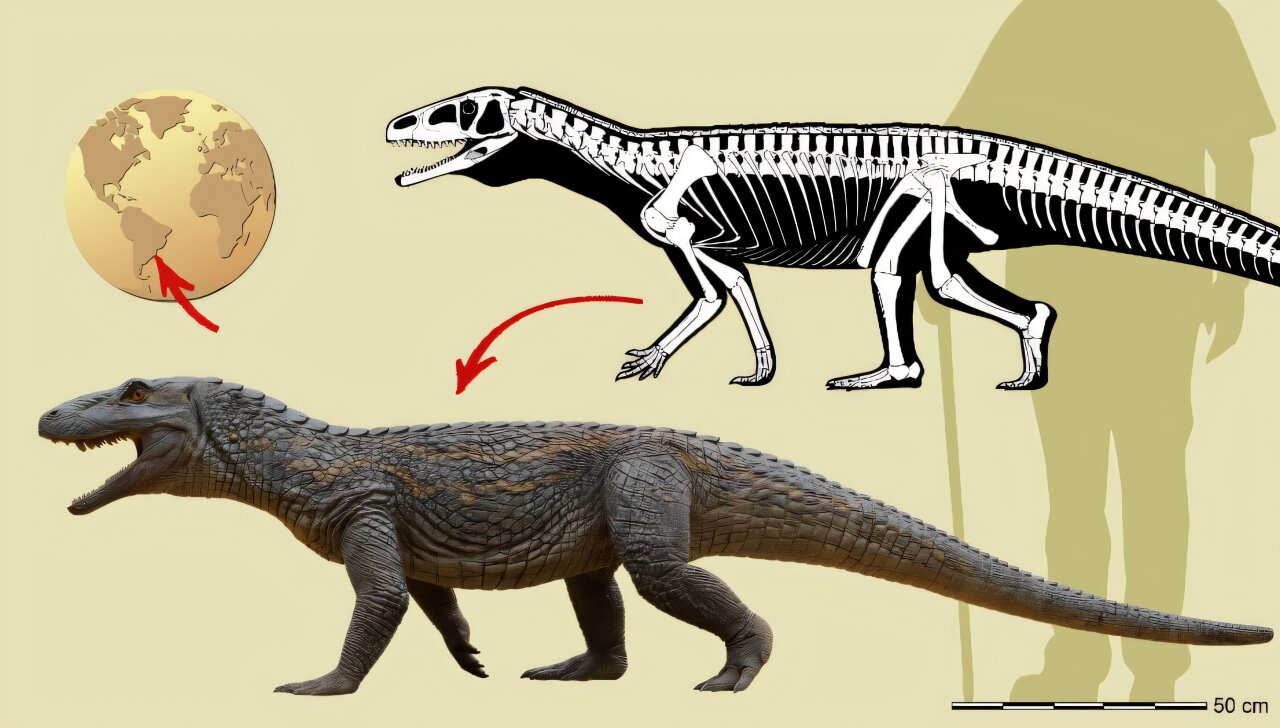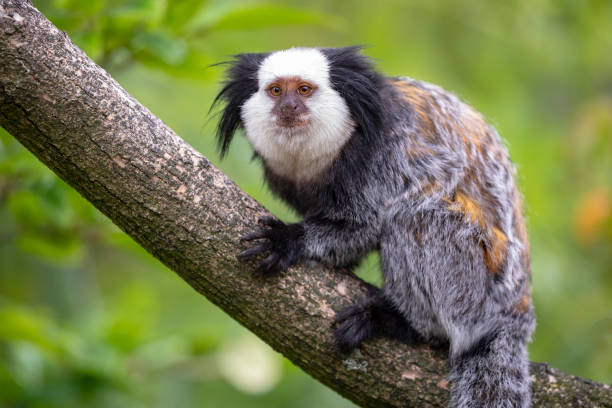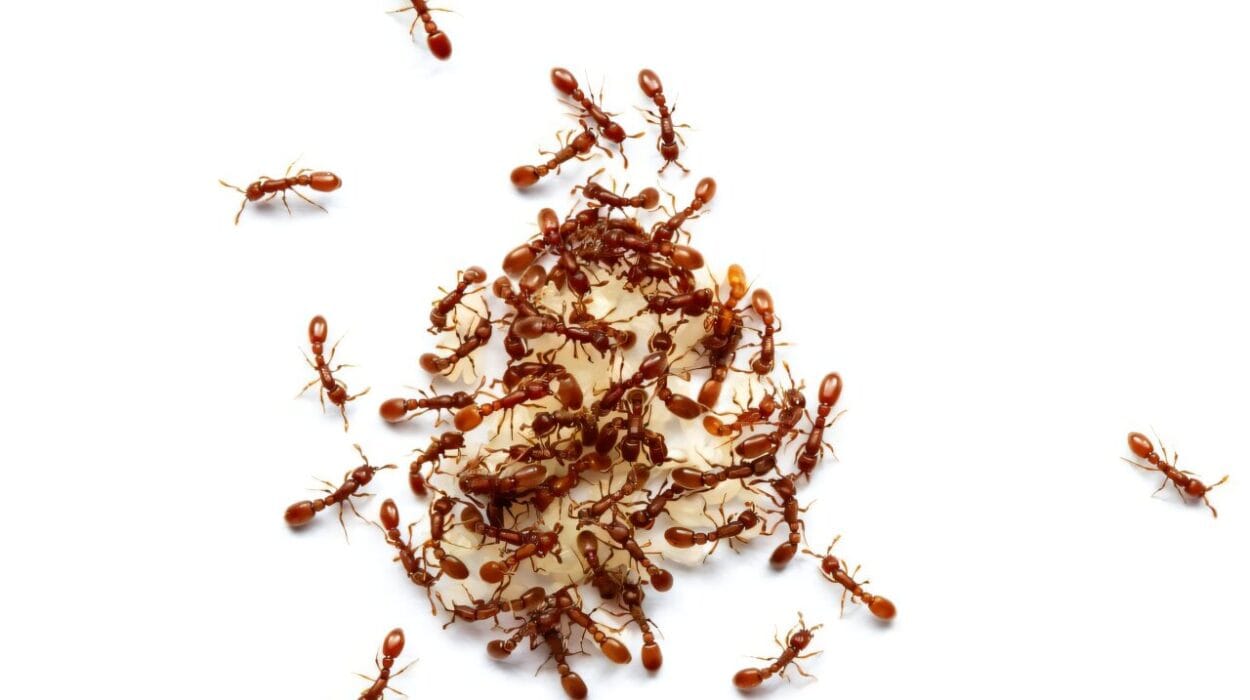Long before the mighty roar of the dinosaurs filled the Earth, another kind of reptile ruled the ancient landscapes—armored, swift, and deadly. It lived in a world teetering on the edge of great evolutionary change, when the supercontinent Pangaea stretched unbroken across the planet and strange creatures dominated every corner of life.
One such creature was recently unearthed in southern Brazil: a remarkable new species named Tainrakuasuchus bellator. Though at first glance it might look like a small dinosaur to the casual observer, this formidable predator was something else entirely—a close relative of the modern crocodile, and one of the most efficient hunters of its time.
At roughly 2.4 meters long and weighing around 60 kilograms, Tainrakuasuchus bellator was no gentle giant. Its sleek frame, long neck, and narrow jaws filled with sharp, recurved teeth made it a master of precision hunting—an agile carnivore that could strike with speed and accuracy.
The Forgotten Predators of the Triassic
The Triassic Period, about 240 million years ago, was an age of experimentation in evolution. It was a time when life was rebuilding itself after Earth’s most devastating mass extinction—the Permian-Triassic event—which had wiped out roughly 90% of all species. New forms of reptiles emerged to fill the empty ecological niches, and among them was a diverse group known as the Pseudosuchia.
Pseudosuchians were the ancestors of today’s crocodiles and alligators, but they looked—and lived—very differently from their modern descendants. Some were bulky, armored creatures that stalked riversides; others, like Tainrakuasuchus bellator, were fast and slender, hunting across dry landscapes. Together, they represented the dominant predators of their age, long before the first true dinosaurs rose to power.
Lead researcher Dr. Rodrigo Temp Müller of the Universidade Federal de Santa Maria in Brazil describes Tainrakuasuchus bellator as an active predator that thrived among a variety of pseudosuchians. “Despite its relatively large size, it wasn’t the biggest hunter in its ecosystem,” he explains. “The same environments were home to predators reaching up to seven meters long.”
Even so, this smaller warrior carved out its place with agility and precision. Its anatomy—particularly the long neck and lightweight body—suggests it relied on sudden bursts of speed to ambush prey, seizing victims in its slender jaws and holding them tight with teeth designed to pierce and grip.
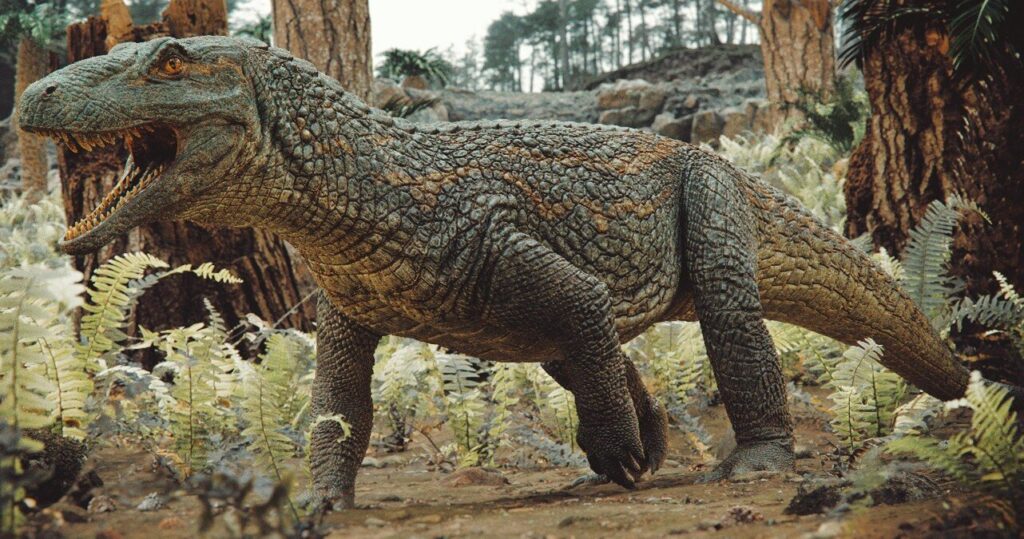
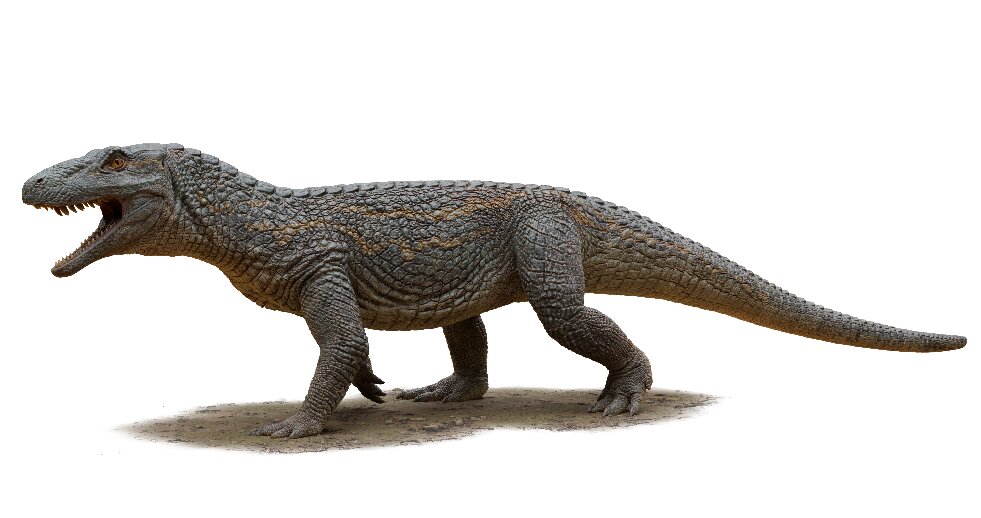
A Discovery Written in Stone
The story of Tainrakuasuchus bellator began to emerge from the red rocks of southern Brazil, in the municipality of Dona Francisca. During a dig in May 2025, Dr. Müller and his team unearthed a partial skeleton—jaw fragments, sections of the spine, and part of the pelvis—preserved for nearly a quarter of a billion years.
In the lab, as the surrounding rock was carefully removed grain by grain, the fossil revealed its secrets. The bones bore the unmistakable features of a pseudosuchian predator: bony armor plates, known as osteoderms, running along its back, and distinctive joint structures in the pelvis and femur that set it apart from dinosaurs.
Although the limbs were missing, the team concluded from the pelvis shape that Tainrakuasuchus likely walked on all fours, unlike some of its close relatives that may have stood upright. Its armor-plated body and strong, flexible spine hint at an animal well-adapted to both defense and swift, ground-level attacks—a blend of speed and resilience.
Naming the Warrior
When the team recognized they had discovered a species unknown to science, they faced the task of giving it a name worthy of its legacy. They turned to a mix of Guarani, Greek, and Latin, drawing from both science and cultural symbolism.
The name Tainrakuasuchus combines the Guarani words tain (“tooth”) and rakua (“pointed”) with the Greek suchus (“crocodile”), a poetic reflection of its sharp, deadly teeth. The species name bellator, Latin for “warrior” or “fighter,” honors not just the creature’s predatory prowess, but also the resilience of the people of Rio Grande do Sul—where the fossil was found—who have recently endured devastating floods.

For Dr. Müller, this naming carries emotional weight. “It symbolizes strength and survival,” he says, “not only of the ancient predator, but also of the human communities that continue to rebuild with determination.”
A Glimpse into a Lost World
The discovery of Tainrakuasuchus bellator paints a vivid picture of life during a pivotal chapter in Earth’s history—the dawn before the dinosaurs. It reveals an ecosystem far more complex than previously imagined, filled with predators of various sizes and strategies, all competing for survival in the harsh Triassic environment.
Dr. Müller explains that the find helps “illuminate a key moment in the history of life—the period that preceded the rise of the dinosaurs.” It shows that long before dinosaurs became dominant, the ancestors of crocodiles had already diversified into sophisticated predators occupying a range of ecological roles.
Each new pseudosuchian discovery adds another piece to this ancient puzzle. “Despite their diversity,” Müller notes, “pseudosuchians remain poorly understood because fossils of some lineages are extremely rare.” Tainrakuasuchus bellator now stands among those rare finds, offering an invaluable glimpse into the evolutionary experimentation that would eventually give rise to both dinosaurs and modern crocodiles.
The Bridge Between Continents
The discovery in Brazil also carries global significance. Fossils of a closely related species, Mandasuchus tanyauchen, have been found in Tanzania—on the opposite side of the Atlantic Ocean. Yet, 240 million years ago, Brazil and Tanzania were not separated by sea but joined as part of the supercontinent Pangaea.
This connection offers compelling evidence of how animals once roamed freely between regions that are now divided by oceans. “The faunas of Brazil and Africa shared several common elements,” Dr. Müller explains. “Their similarities reflect an intertwined evolutionary and ecological history.”
This ancient bridge between continents reveals not only how species spread but also how ecosystems evolved in tandem across what were then neighboring lands. Tainrakuasuchus bellator was part of a global story—a web of life stretching across Pangaea’s vast deserts and floodplains.
Life at the Edge of the Desert
In its time, southern Brazil was a very different world. The region bordered a vast, arid desert—a harsh but dynamic landscape of dunes, riverbeds, and scattered vegetation. It was here, on the margins of this desert, that Tainrakuasuchus lived and hunted.

It likely shared its world with early herbivorous reptiles, amphibians, and the first primitive dinosaurs that were just beginning to emerge. The diversity of reptiles in this region shows that life was rebounding strongly after the mass extinction, experimenting with new forms and survival strategies.
The environment demanded adaptability, and Tainrakuasuchus delivered—an apex predator perfectly suited to its time, agile yet armored, fierce yet calculated.
A Rare Window into Evolution
The fossil of Tainrakuasuchus bellator is more than just a scientific curiosity; it is a rare window into a transformative era. It shows that the story of evolution is not a straight line from one dominant species to another, but a branching tree filled with forgotten experiments and vanished dynasties.
Each discovery like this one helps scientists understand how ancient ecosystems functioned—and how resilience and adaptation have always been at the heart of life’s survival. For the people of Rio Grande do Sul, it is also a powerful symbol of endurance. Just as this prehistoric warrior endured a changing world, so too do its modern discoverers, standing on the same land millions of years later.
The Legacy of a Triassic Warrior
In the ancient silence of Brazil’s red stone beds, Tainrakuasuchus bellator slept for 240 million years, waiting to tell its story. Now, it speaks again—not through roars or motion, but through fossilized bones that whisper of strength, struggle, and survival.
It reminds us that the history of life is written not only in the rise of giants but in the persistence of all who came before. And in that story, Tainrakuasuchus bellator stands as a symbol of both past and present—a Triassic warrior whose spirit still echoes across time, carved in stone and carried forward in discovery.
More information: Osteology, taxonomy and phylogenetic affinities of a new pseudosuchian archosaur from the Middle Triassic of southern Brazil, Journal of Systematic Palaeontology (2025). DOI: 10.1080/14772019.2025.2573750
